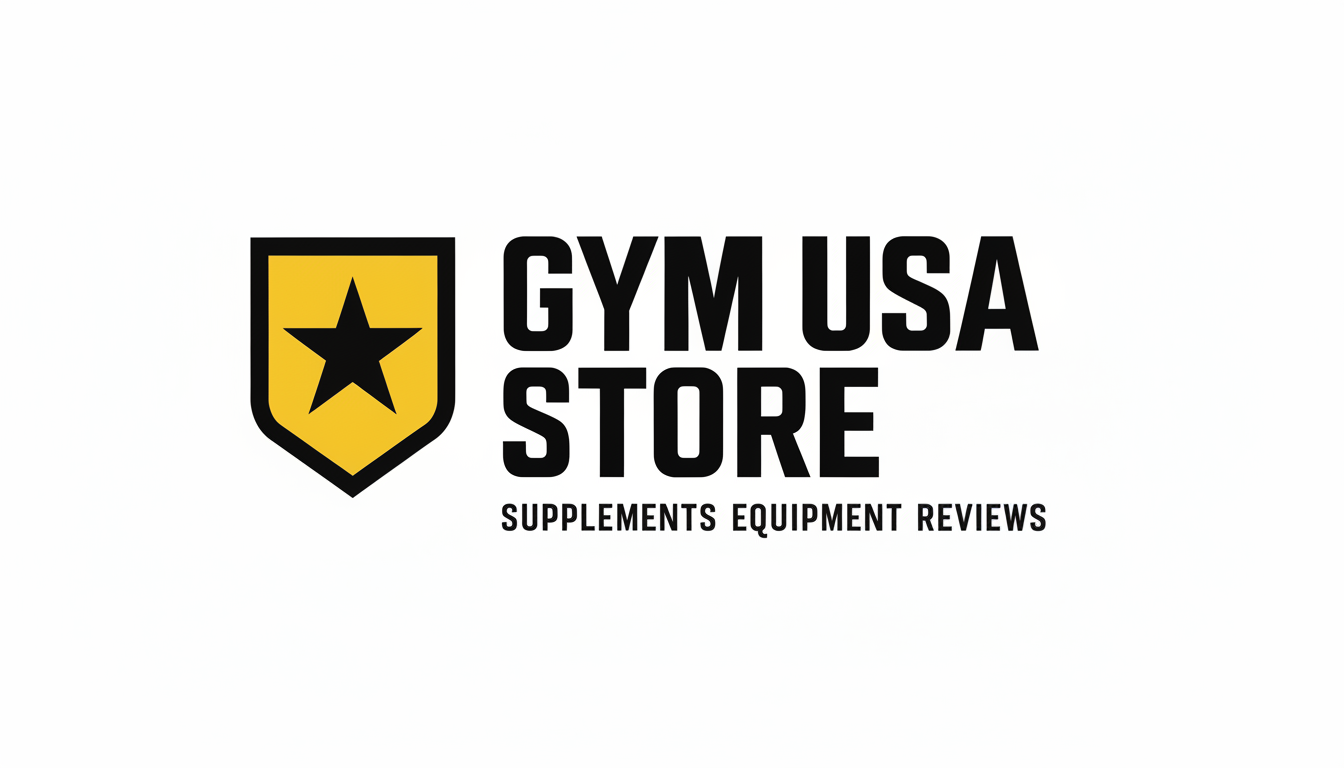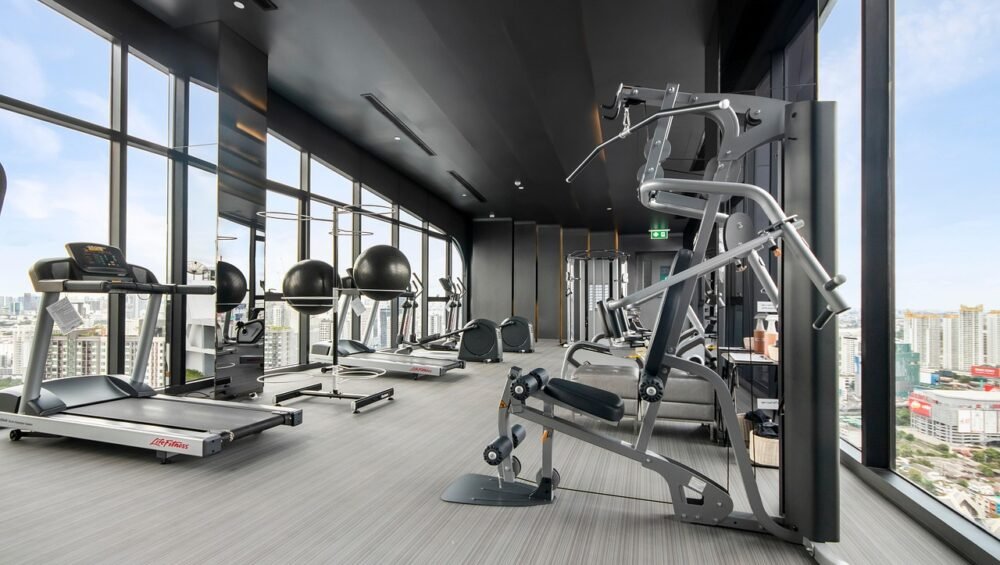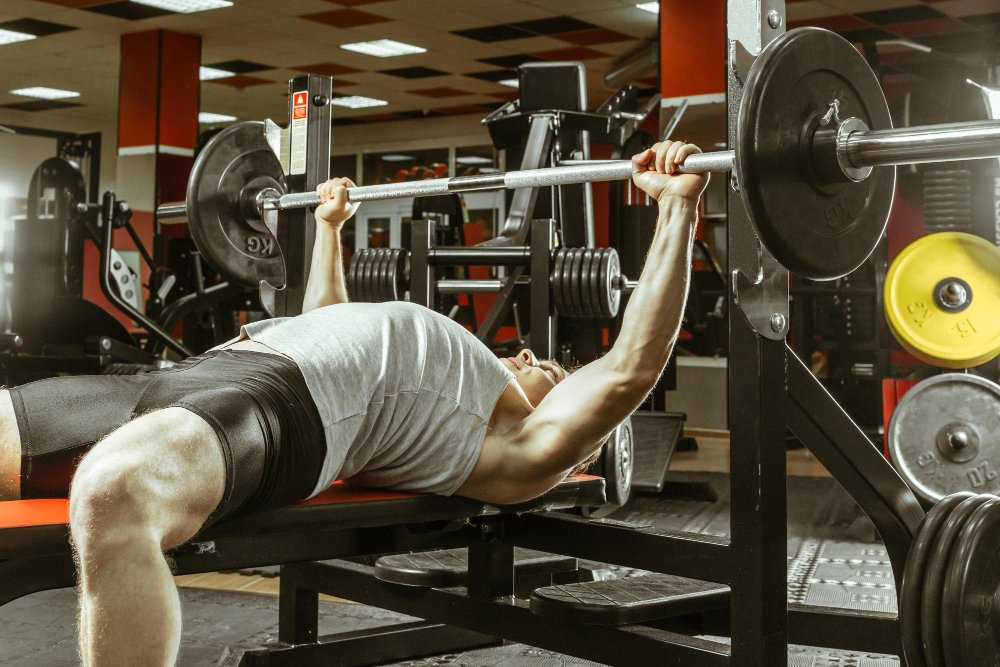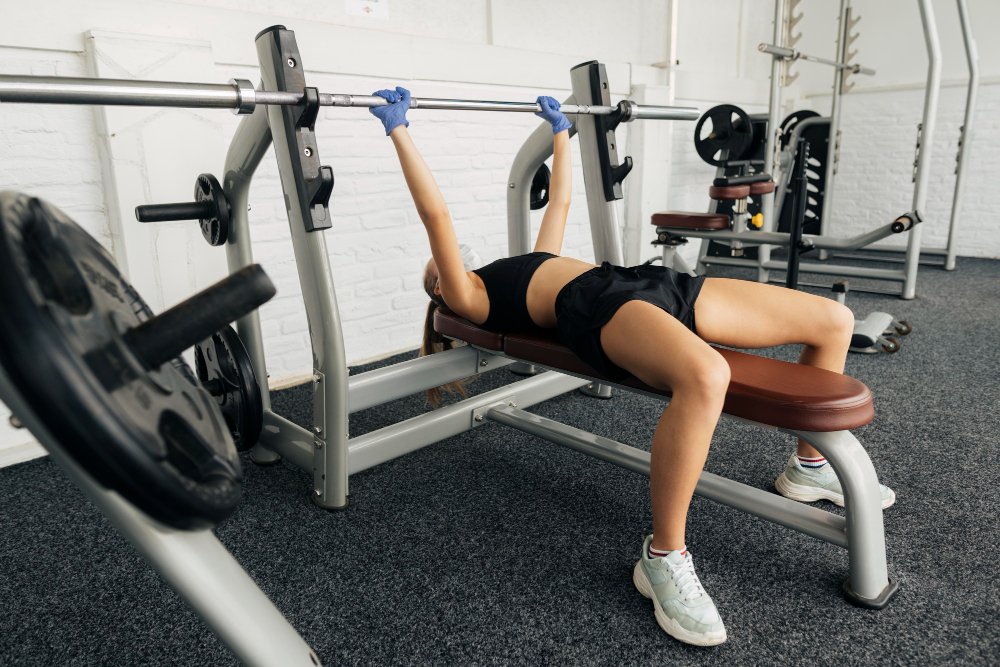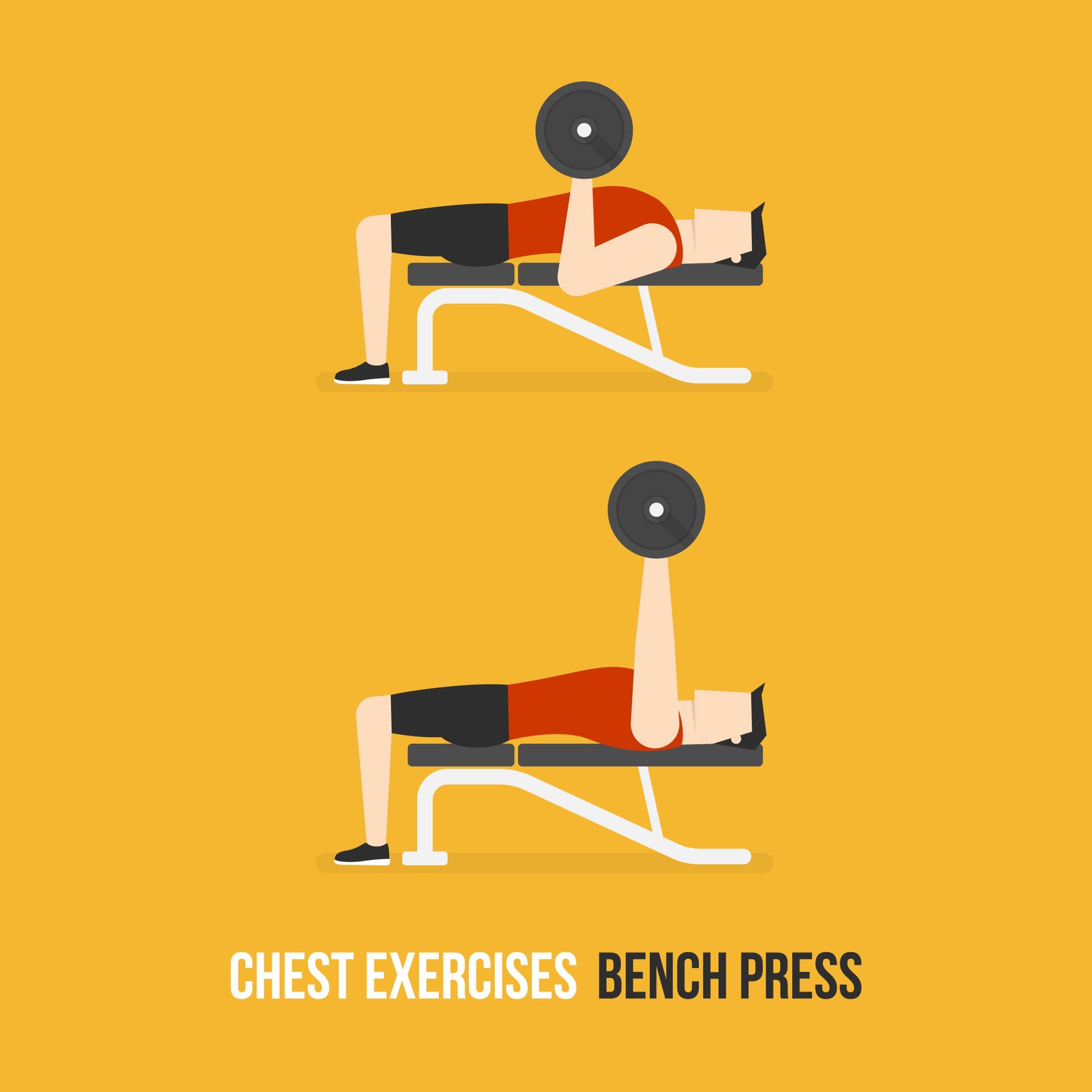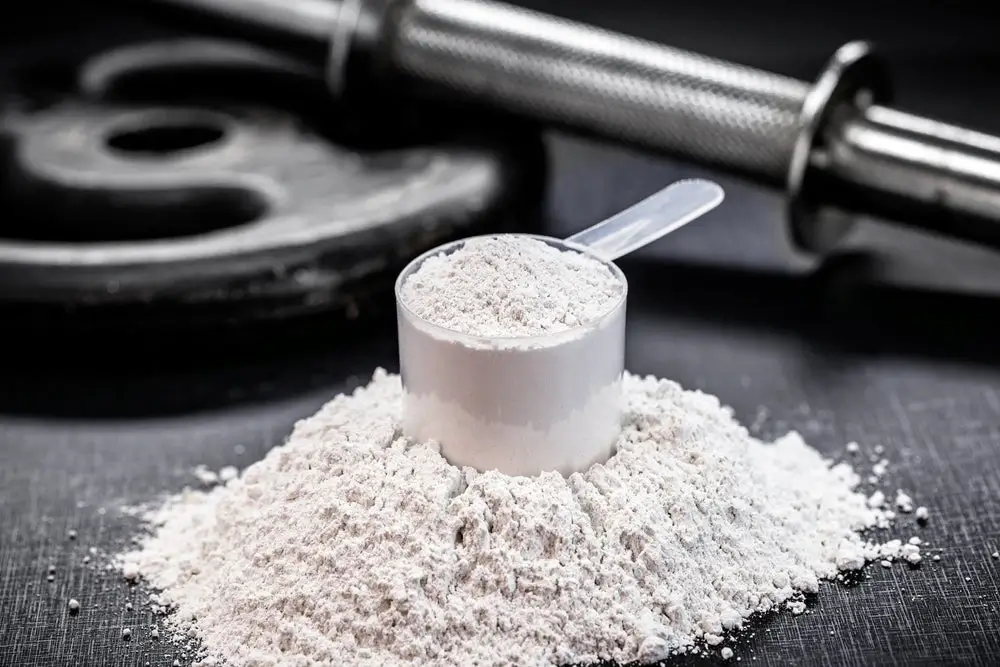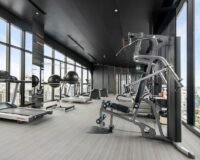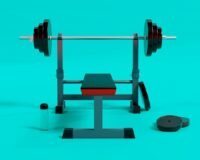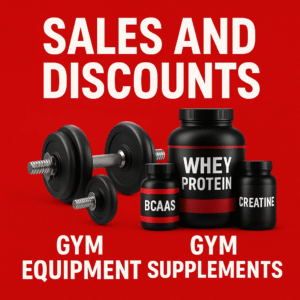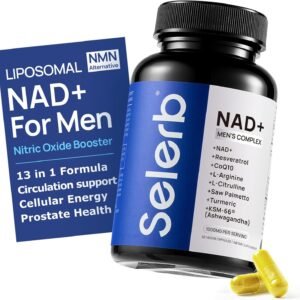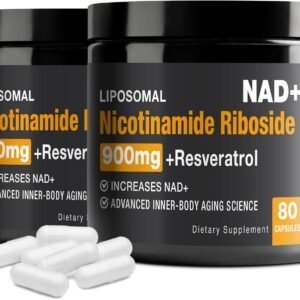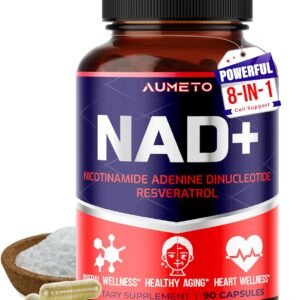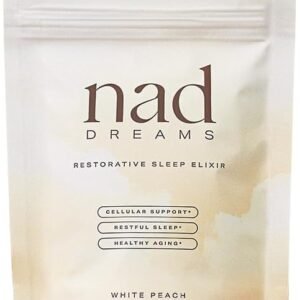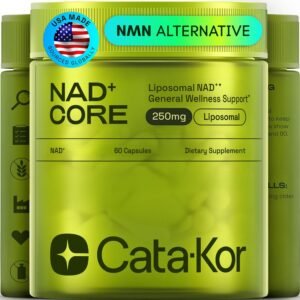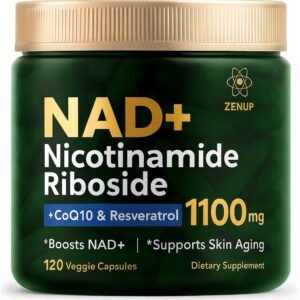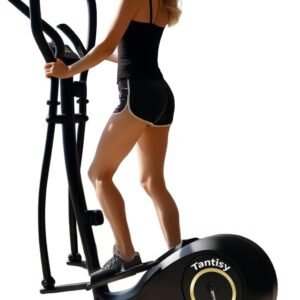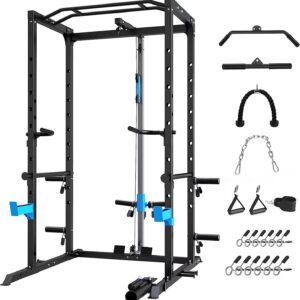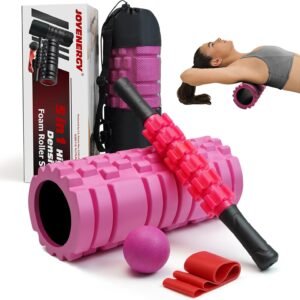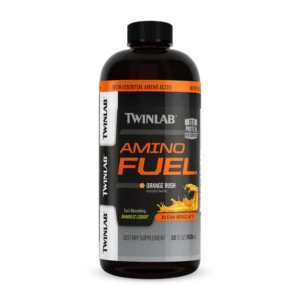How to Find Your Ultimate Home Gym Machine All-in-One Station
The search for a comprehensive home gym machine available for purchase represents a major step toward fitness independence. An all-in-one station consolidates multiple strength training functions into a single footprint, promising efficiency and variety. This evaluation details what separates a lasting investment from a disappointing compromise, guiding you toward a unit that delivers professional results in a personal space.
The All-in-One Solution for Comprehensive Training
A multi-functional gym station replaces an entire lineup of individual machines and free weights. It is designed to facilitate a full-body workout targeting every major muscle group—from legs and back to chest, shoulders, and arms—through guided motion paths. This eliminates the need to switch between disparate pieces of equipment, maintaining workout intensity and saving valuable time. For individuals with limited space but unlimited ambition in their strength goals, a proficient all-in-one station is the definitive centerpiece of a home gym.
Check also: Top 10 Gym Equipment Brands in the USA
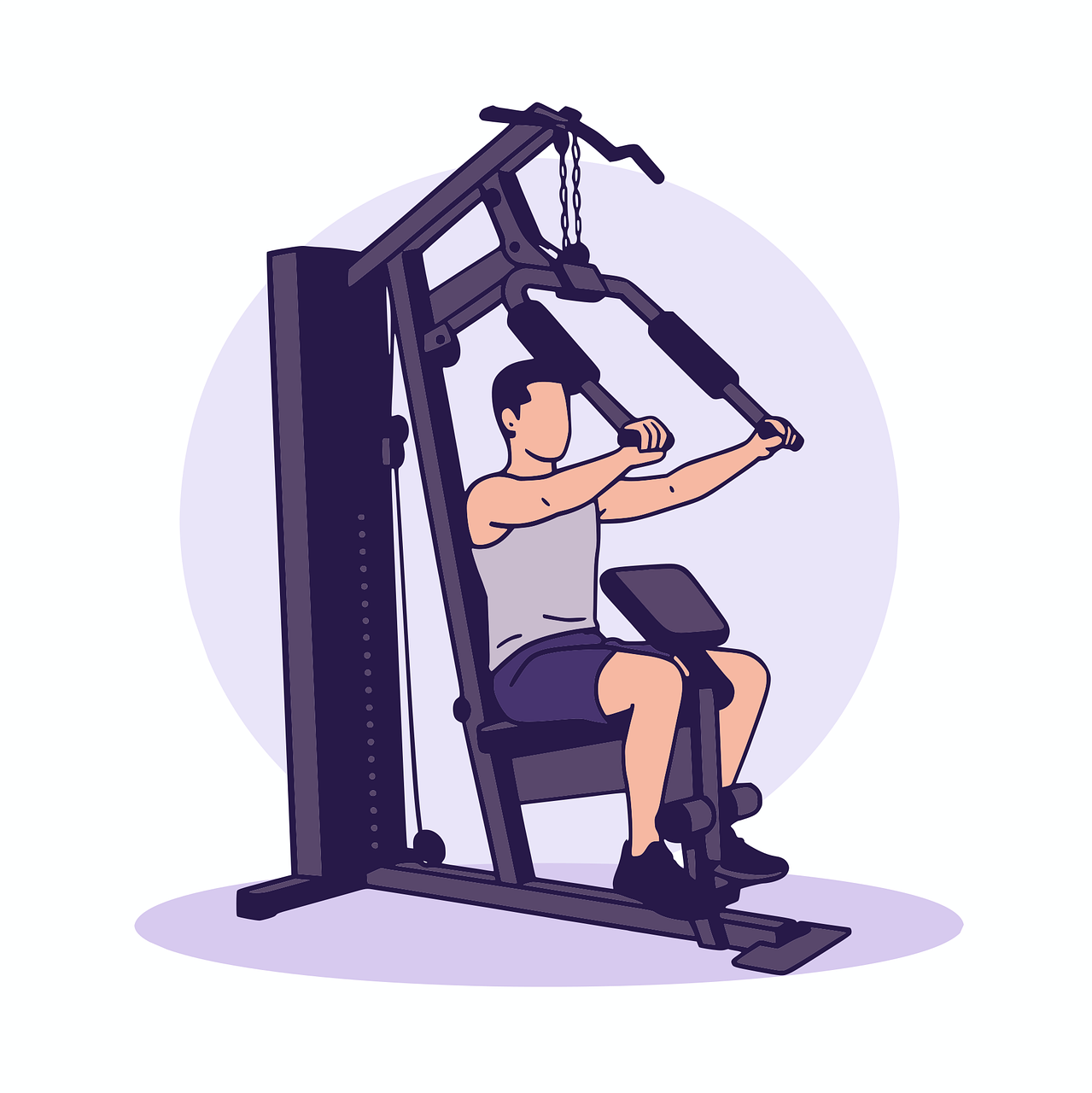
Essential Criteria for a Superior Unit
The integration of many functions demands scrutiny. Focus on these non-negotiable elements to ensure your purchase is capable and durable.
Frame Integrity and Footprint: The foundation is paramount. Seek a station constructed from heavy-walled, commercial-grade steel tubing with a low-center-of-gravity design. A robust weight stack or plate-loaded system must be anchored to a frame that does not flex, shake, or tip during use. While compact designs exist, ensure the base is sufficiently wide and long to provide absolute stability during pulldowns, presses, and leg exercises.
Functionality and Attachment Points: A true all-in-one station should efficiently combine several key stations:
- Lat Pulldown/Low Row: The cornerstone for back development.
- Chest Press or Pec Fly: For horizontal pushing movements.
- Leg Extension/Leg Curl: Essential for complete leg isolation.
- Butterfly Arms or Cable Crossover: For chest and shoulder shaping.
- Additional Features: Look for a pull-up bar, dip bars, and preacher curl attachments. The availability of a high and low cable pulley system dramatically expands exercise options with handles, bars, and ropes.
Weight System and Resistance: Stations use either a weight stack (convenient, quick to change) or are plate-loaded (requires your own Olympic plates, often more affordable initially). Verify the total available resistance (e.g., 200 lb stack) meets your long-term strength potential. The cable and pulley system should operate smoothly with minimal friction and be sheathed in durable nylon or vinyl coating.
Adjustability and Ergonomics: User fit is critical for safety and muscle targeting. The seat, back pads, and movement arms must offer multiple, intuitive adjustment points to accommodate different body sizes and limb lengths. Pads should be thick, contoured vinyl for support during exertion. All adjustment mechanisms should use secure pins or locks.
Top-Tier All-in-One Stations for Your Home
Based on engineering, versatility, and user satisfaction, these models stand out in the integrated home gym category.
1. The Premium Compact Powerhouse: Force USA G6 All-In-One Trainer
This model redefines space efficiency with a modular, plate-loaded design. It combines a cable machine with a functional trainer, a leg developer, a lat pulldown, a low row, and a squat rack into a remarkably small footprint. Built with 3×3” steel, it uses standard Olympic plates, allowing for unlimited resistance. Its independent dual pulley system enables complex movements like crossovers and single-arm exercises. For the lifter seeking commercial-grade versatility in a home-friendly size, it is a transformative option.
2. The User-Friendly Classic: Marcy Smith Cage Workout Machine
A long-time leader for good reason, the Marcy Smith Cage offers a straightforward, effective design. It integrates a weight stack for the lat pulldown, high pulley, and low row with a separate chest press station and leg extension/curl unit. Its signature welded cage frame provides exceptional stability, and the guided press arms are ideal for beginners or those focusing on controlled movements. It delivers a proven, comprehensive workout in a single, cohesive unit.
3. The Value-Driven Performer: Body-Solid EXM3000S Home Gym
Body-Solid is renowned for commercial durability at residential prices. The EXM3000S is a prime example, featuring a 210 lb weight stack and a wide array of stations: multi-grip lat pulldown, chest press, vertical butterfly, leg extension/curl, decline press, and a seated row. Its solid steel construction and ergonomic design support serious training. For the individual wanting a traditional, full-featured gym station with minimal compromises, it represents exceptional long-term value.
Finalizing Your Decision
Before committing, align the equipment with your personal requirements:
- Audit Your Space and Flooring: Measure meticulously, including ceiling height for pull-ups and overhead movements. Consider floor protection (rubber mats) and whether your floor can support the total weight (often 500+ lbs with user and plates).
- Define Your Training Style: Are you focused on bodybuilding isolation, athletic functional training, or general fitness? Ensure the station’s strengths match your preferred exercises.
- Investigate Assembly and Service: These are complex machines. Factor in professional assembly if needed, and review the manufacturer’s warranty (frame, parts, upholstery) and customer service reputation.

Concluding Perspective
A proficient home gym all-in-one station is a gateway to consistent, varied, and effective strength training. By prioritizing a rock-solid frame, a smooth cable system, and genuine multi-station functionality, you secure a hub for health that will serve you for decades. The models highlighted prove that with informed selection, you can acquire a professional-caliber training ecosystem without the professional price tag, making comprehensive fitness a permanent and accessible feature of your daily life.
Frequently Asked Questions (FAQ)
1. Can an all-in-one home gym truly replace a gym membership?
For strength training, absolutely. A quality all-in-one station provides the equipment for 80-90% of typical gym exercises. For cardiovascular health, you would likely need to supplement with separate cardio equipment (bike, treadmill) or bodyweight/outdoor conditioning.
2. What is better: a weight stack or plate-loaded machine?
Weight Stack: More convenient and quicker between sets; integrated and neat. Resistance is fixed to the stack’s increment (e.g., jumps of 10 lbs).
Plate-Loaded: Often more affordable upfront and offers unlimited, customizable resistance with your own plates. It can feel more like free-weight training but requires more time and plates to change weight.
3. How much space do I realistically need for one of these stations?
Allow a minimum footprint of 8 feet by 6 feet for comfortable use, including space to move around it, load plates, and perform exercises safely. Always check the manufacturer’s exact dimensions and add clearance for movement.
4. Are these machines suitable for beginners?
Yes, they can be excellent. The guided motion helps with form and reduces the risk of imbalance. Beginners should start with light resistance to learn movement patterns and focus on controlled technique. The versatility allows for progressive overload as strength increases.
5. What is the typical weight capacity for these stations?
User weight capacities often range from 300 to 400 lbs. The more critical figure is the total workout capacity or stack weight. For strength development, look for a total resistance offering (stack + add-ons) of at least 200-250 lbs to ensure it meets your long-term potential.
